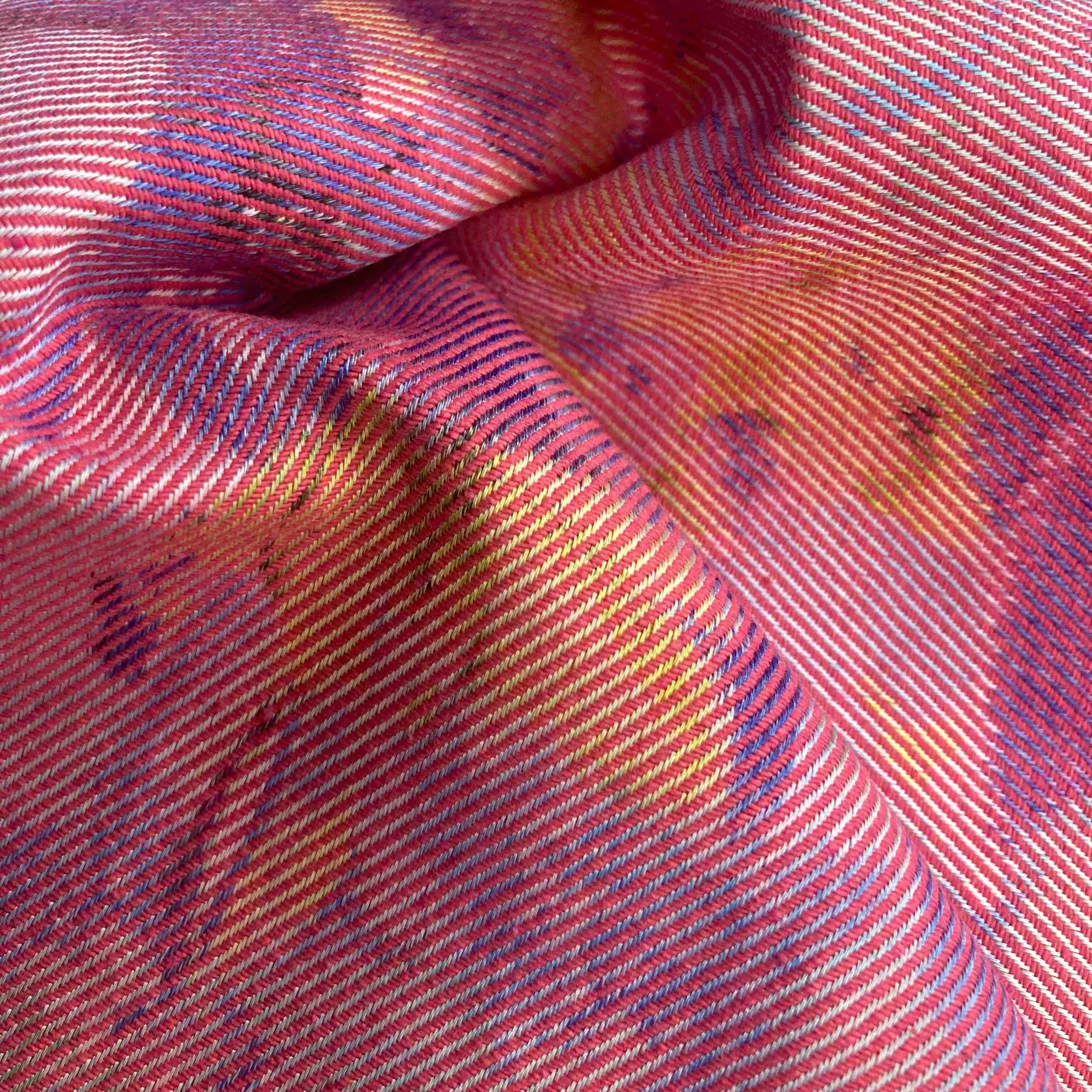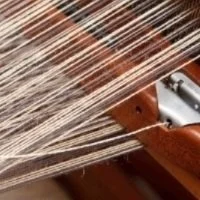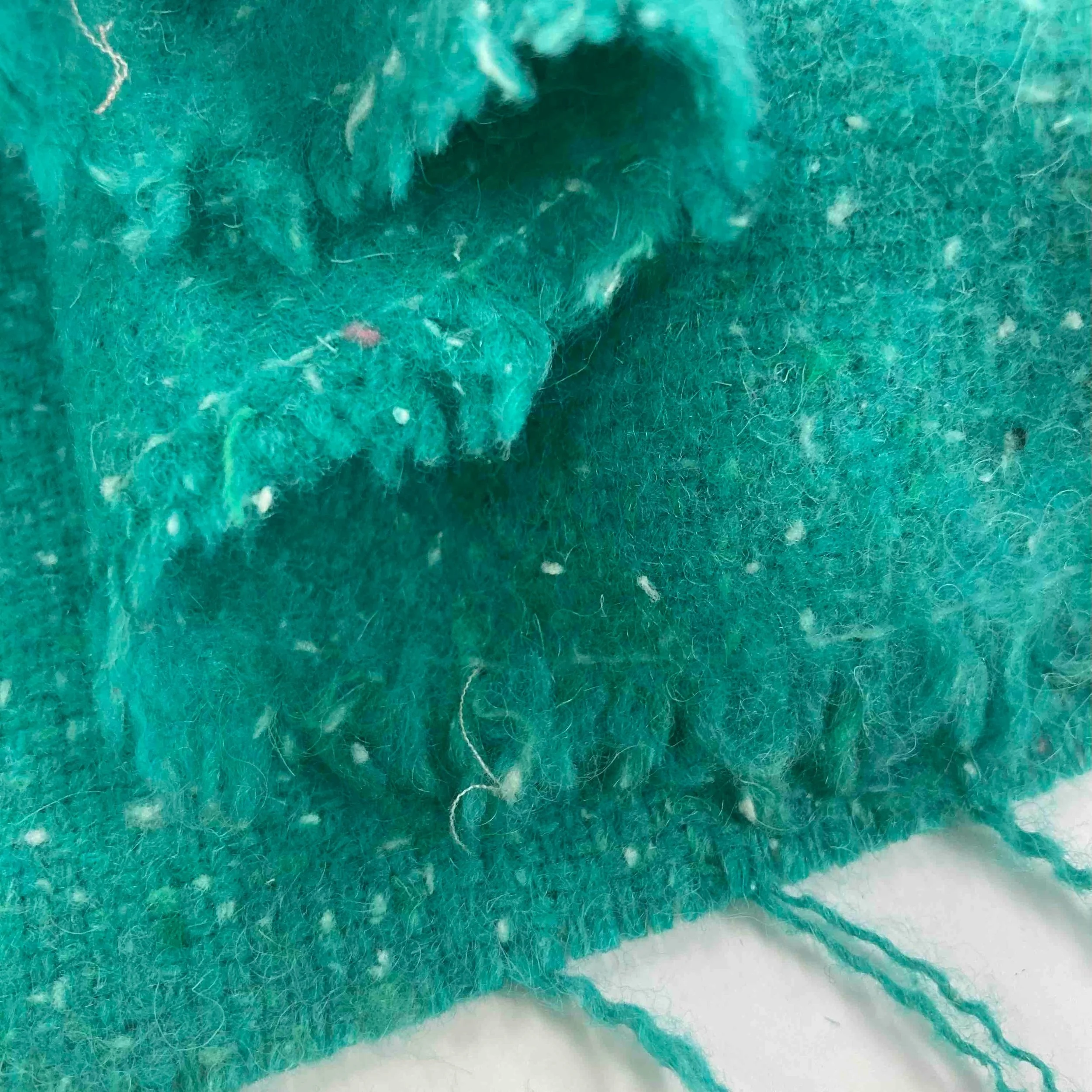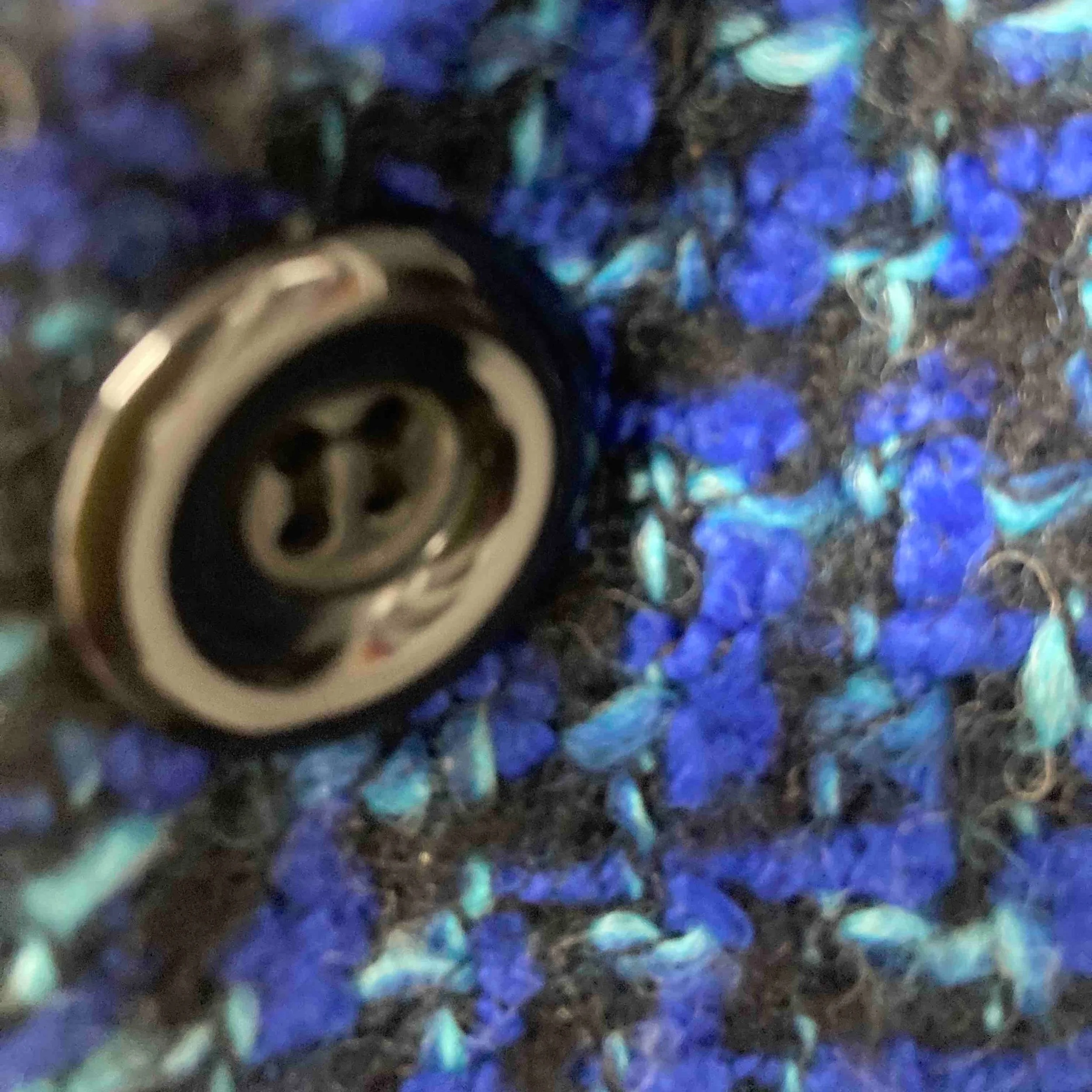Sewing with the Grainline
Why You Need to Know Your Warp from Your Weft?
Sewing with the grainline is a fundamental sewing principle that will dramatically elevate your garment from home-made to haute couture. Even a tiny deviation to off-grain can distort your garment and diminish the efforts of hours of careful sewing : (
Woven fabric is made with long threads (warp) tensioned over a loom and cross threads (weft) passed over and under the long threads to weave a fabric type. The terms ‘twill’, ‘satin’, and ‘damask’ all reflect the style of weave of a fabric. They refer to how many threads the cross thread is passed over or under to obtain a woven effect. Fabric ‘straight grain’ follows the long side or selvedge edge of fabric. It's one of the most important features of fabric for designers and sewers as grain controls how your garment will sit.
When choosing fabric, it's important to check that the long threads are parallel to the selvage and the cross threads are perpendicular to the selvage, otherwise you can’t be sure how the garment will sit. Fabrics that are not on grain tend to twist. We've all seen T-shirts that won’t hang straight on the line or jeans with seams that twist to the side. These are garments that are cut from fabric that does not have straight grain.
Look at the weave and make sure the fabric is on the straight grain before you buy as grain is hard to correct. If the fabric is patterned, also check that the pattern is aligned with the grain of the fabric so you can control the placement of motifs.
Professional Finish. Respecting the grainline results in garments with a more polished and professional finish. hat hang and drape as intended by the pattern designer. Your clothes will hang correctly, maintain their structural integrity and won’t stretch or distort over time (even after repeated washes and wearings).
Fit & Comfort: Cutting your fabric with the grain will result in a garment that will accommodate the movement of your body for a more comfortable and flattering fit. Many fabrics have a little more “give” in the weft so it’s especially important to get this right for around the body fit.
Ease of Sewing: Working with the grain will give you better control of your fabric resulting in better alignment and smoother seams.
Fabric Stability: Sewing with the grain will ensure that your fabric will maintain structural integrity and won’t stretch or distort over time. Garments will hang correctly and keep their intended shape over time.
Longevity of Garments: Respecting the grainline will enhance the durability of your garments as seams are less likely to stretch or fray. Your clothes will maintain their original look and feel even after multiple washes and repeated wearing.
A Better Aesthetic. Patterns are prints are often closely aligned with the grain and your garment will have better visual appeal and a more cohesive look.
Pattern Matching. The grainline is essential for matching stripes, checks, one-way designs or fabric pile (nap).
Less Waste: Save money by aligning your pattern with the grainline by minimising fabric wastage.






